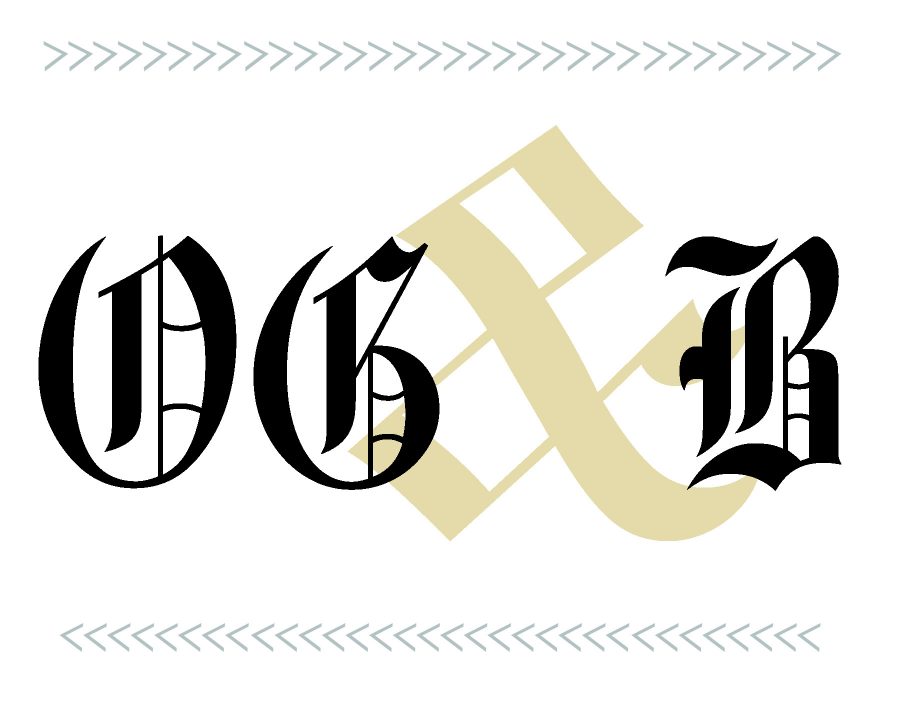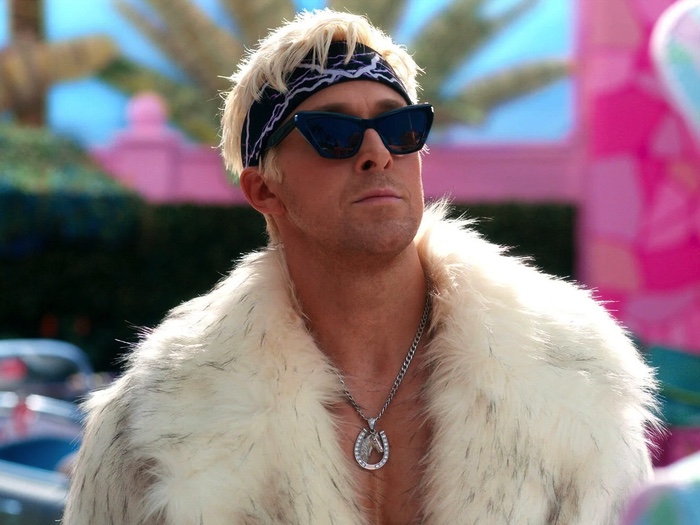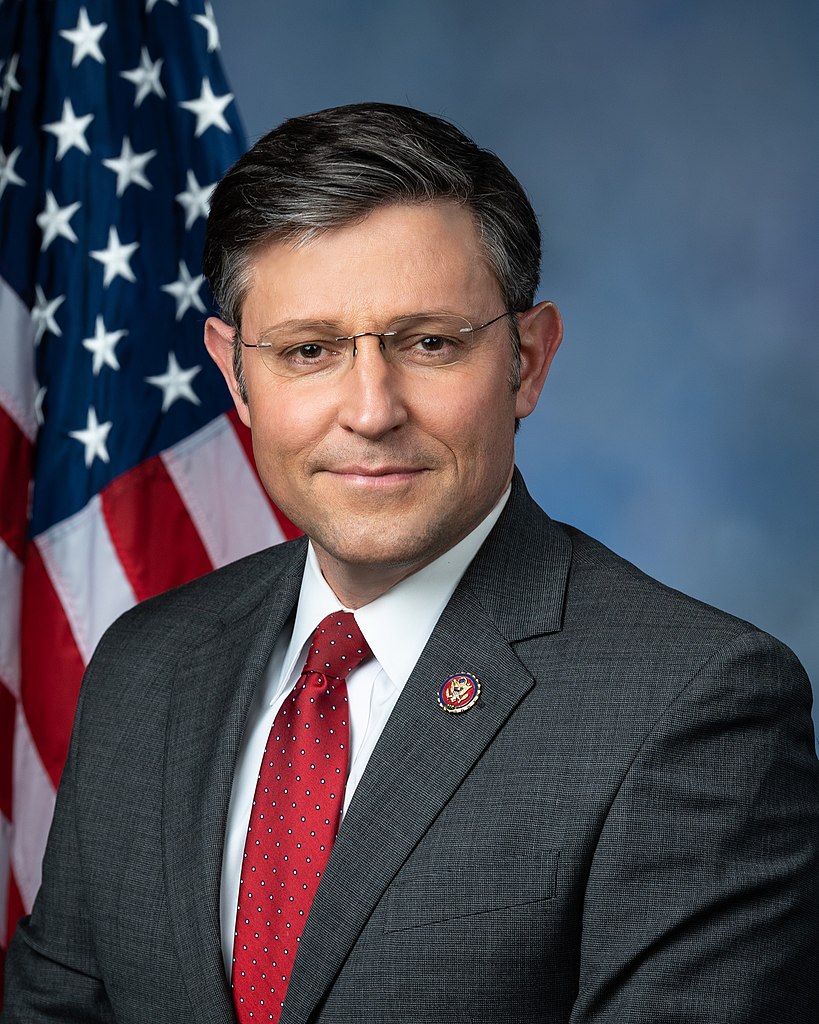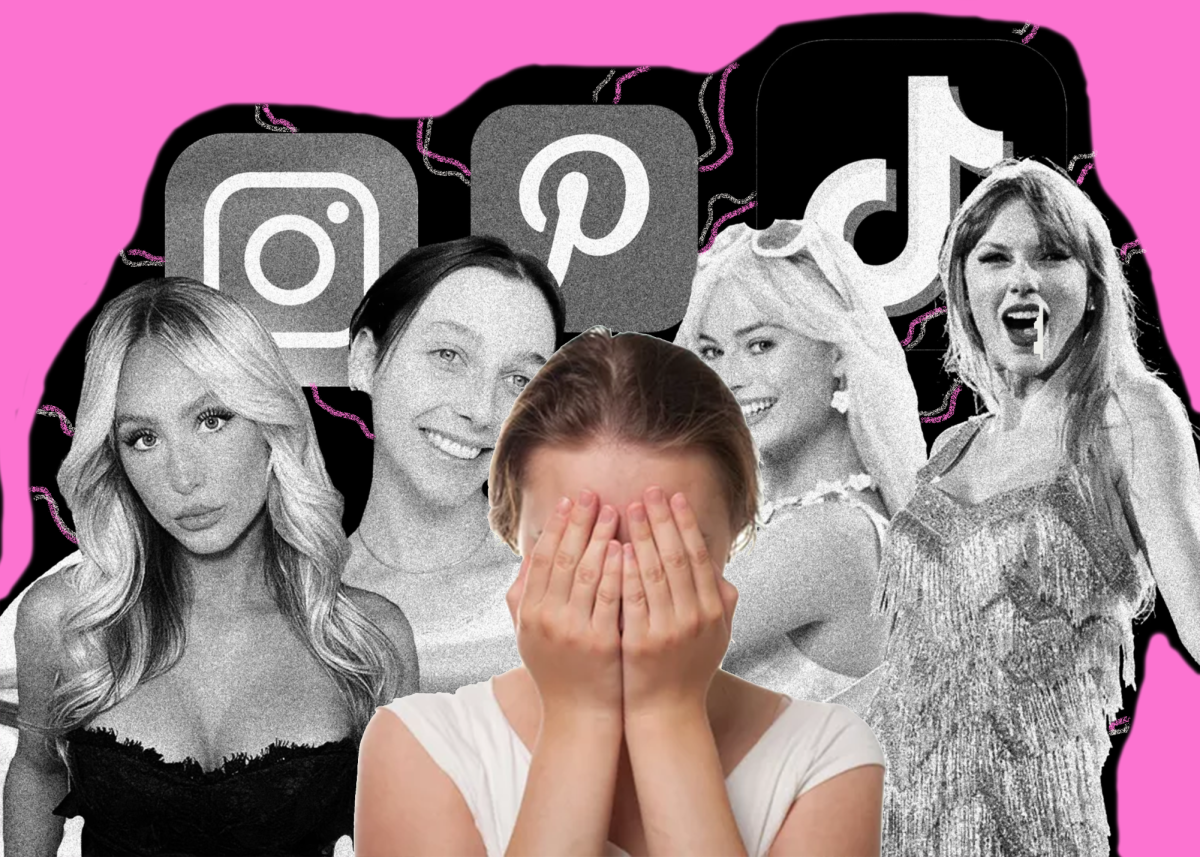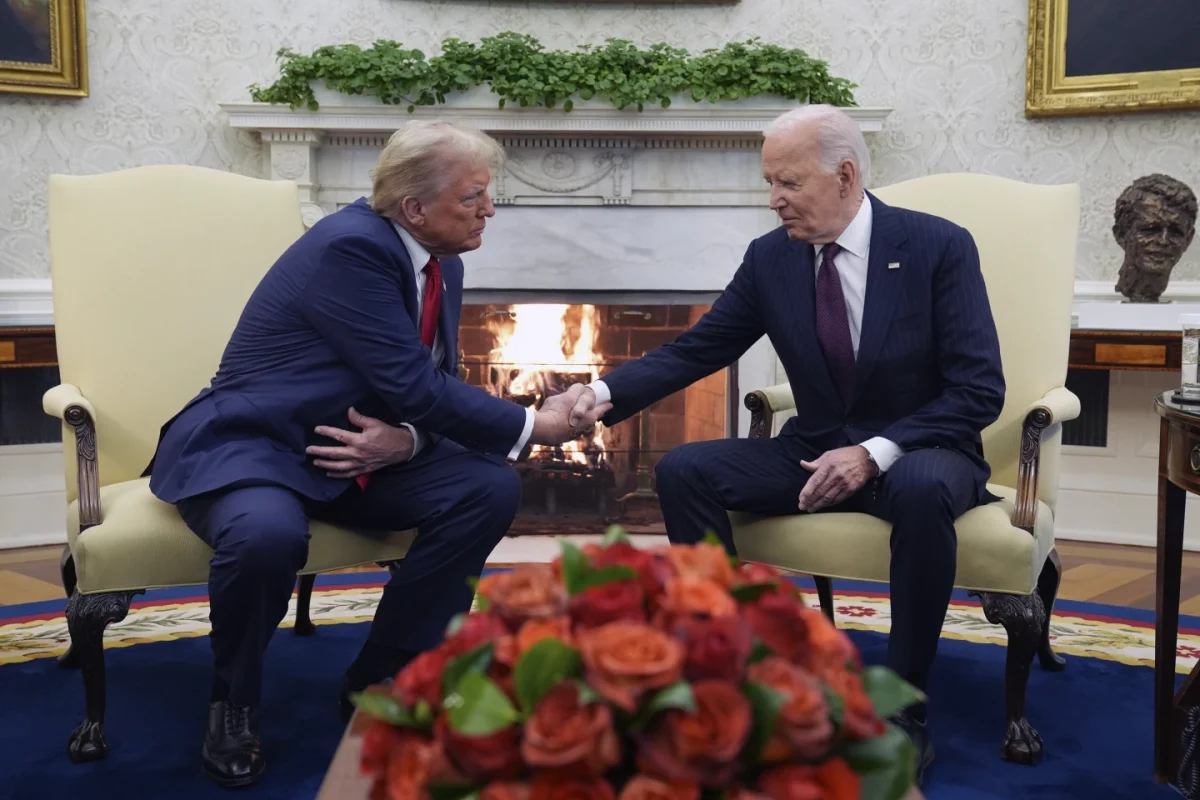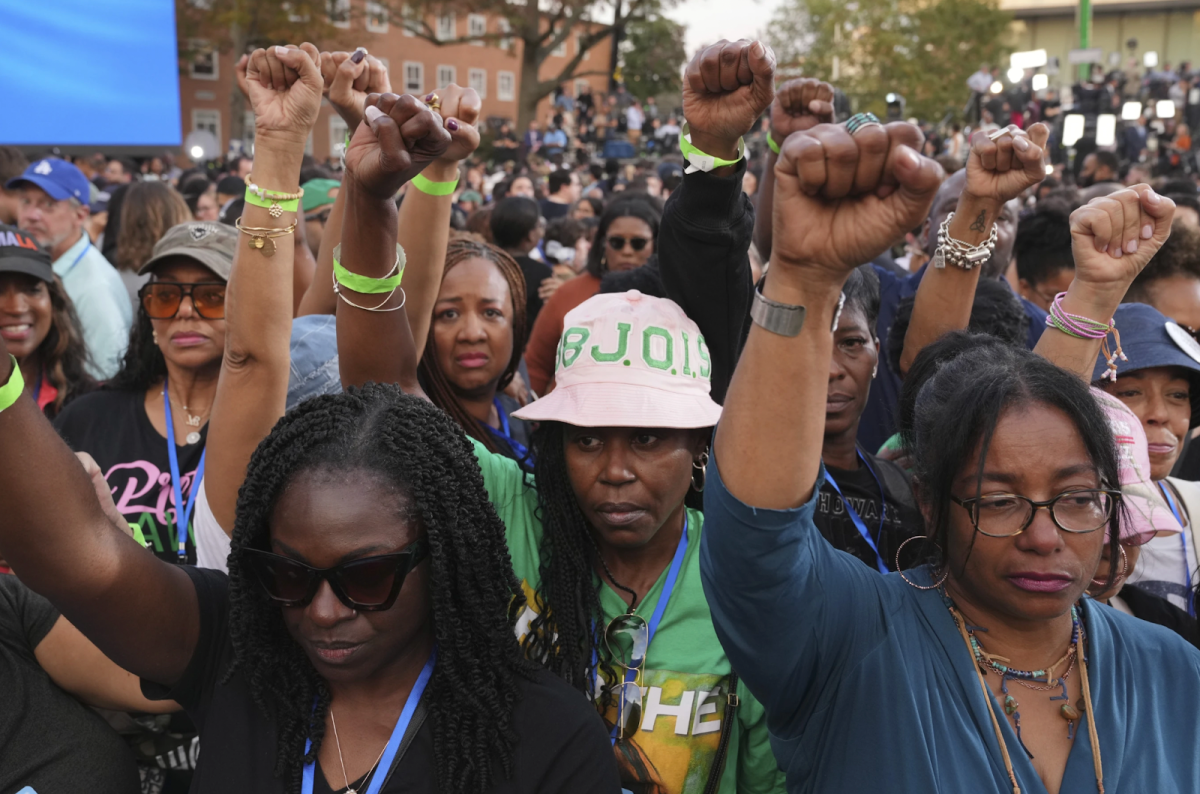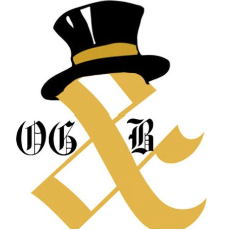I met a drunken Canadian in the locker room of a bath-house rave in Budapest who thought that the controversy surrounding the Canadian Prime Minister Justin Trudeau’s blackface photos indicates that “PC culture has gone too far.”
I responded otherwise, arguing that the upswell of criticism is clearly justified and that political correctness is a highly valuable component of discourse. However, in my haste to return to the luxuriant warmth of the pools and the unadulterated Hungarian revelry contained therein, I laid no further groundwork for my argument in defense of political correctness. In the days prior to the aforementioned bath-house exchange, the comedian Shane Gillis was hired and subsequently fired by Saturday Night Live after a series of offensive quotations from Gillis’ podcast propagated throughout the Internet. Gillis’ firing prompted many to cry foul of “cancel culture” and the supposedly hypersensitive reaction to Gillis’ racist and sexist language.
The efficacy of aggressive political correctness can be understood by viewing television shows and movies from past decades. I recently attempted to rewatch Indiana Jones and the Temple of Doom, but was unable to watch more than ten minutes before I opted for a different film. The movie opens with a botched handoff of a precious diamond, forcing Indiana to make a chaotic escape alongside accomplice Short Round and unwitting nightclub performer Willie Scott. The dialogue surrounding Scott’s presence is horrid, as is Scott’s own dialogue and stage direction. Scott is constantly portrayed as incapable, vain and daft, is repeatedly sexualized, and is objectified throughout the film’s opening scene. A similar treatment of a woman character in contemporary media would undoubtedly garner intense criticism. In fact, the film’s portrayal of Scott received considerable pushback by critics following its 1984 release. James Wolcott wrote for Texas Monthly that “you really don’t have to be a feminist to be offended by a throwback character whose only function is to serve as a hysterical, nail-digging nuisance, a harpy in white satin.” Wolcott’s remark indicates two important ideas about the relationship between political correctness and media. Firstly, Wolcott’s observation indicates that political correctness has consistently reacted to forms of media for decades (or more likely since art’s very infancy). Likewise, Wolcott’s facetious handling of feminism’s reaction to the film shows how the notion of political correctness has evolved as well, for no contemporary critic would assure their reader that they need not be a feminist to appreciate their critique.
Political correctness as a form of widely accessible cultural criticism advances how minority groups and women are portrayed in media and conceptualized in reality. Exposing audiences to thoughtful and compelling woman characters, for example, changes the way gender and sexuality are understood. Portraying minority characters, as well as gay, lesbian and trans characters in leading roles likewise changes how viewers conceptualize members of these communities. The way we conceive of identity is fundamentally tied to the media we absorb, especially in childhood. Film and television aesthetics shape the broader cultural narratives surrounding identity, and responding critically to poor depictions of gender, race and sexuality helps to align these narratives with the lived experiences of real people. Gillis’ firing from Saturday Night Live reflects the dialectical approach to political correctness, and the gradual march towards increasingly progressive treatments of women and minority groups in media. The strong reaction to his initial hiring indicated that many were offended by Gillis’s language and resented that SNL validated his behavior by hiring him. The show will likely not make a similar mistake in the future, and comedians may become increasingly aware of their racialized and gendered content.
The controversy serves as a litmus test of the cultural appetite for insensitive, politically incorrect material. An effective paradigm for cultural criticism should thus permeate the underlying fabric of social life. Art is, after all, situated within (and reacts to) a political, social and ideological context. Thus, the same guidelines for representation in media should apply to representation in political and cultural institutions. Trudeau’s blackface photos reflect racist ideology permeating Canadian politics. They show how Trudeau’s conceptions of race were shaped by the racialized aesthetics of film and television, and how white supremacy becomes normalized and expressed in private life as well as in politics. My fellow reveler in the bathhouse locker room seemingly believed that such imagery should be met without consequences. However, by reacting critically to the racist images, blackface is denormalized, the tendrils of white supremacy penetrating Canadian politics are exposed and the likelihood of a future Canadian Prime Minister becoming embroiled in a similar scandal are lessened.


